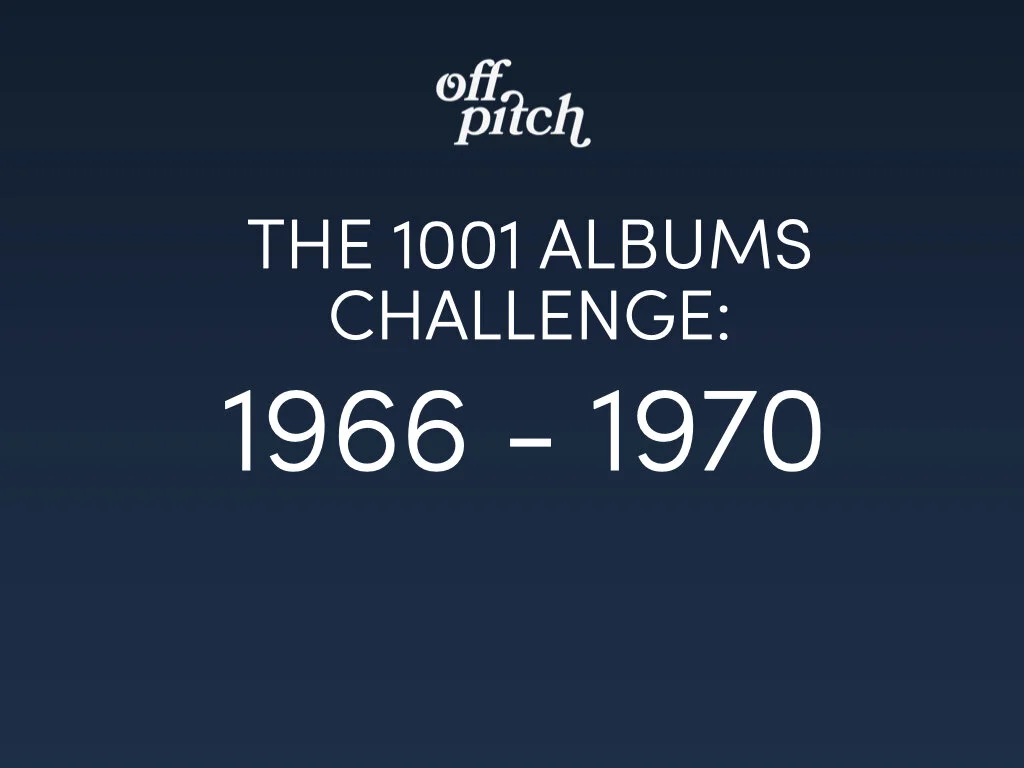I love just about every subgenre of rock music, from punk rock to pop rock to psychedelic. But there’s one genre that I find hard to love: hair metal. And I’m not the only one. The hard rockin’, hard partyin’ music that thrived in the 1980s may be perfect for belting out at your local dive bar or ballgame, but it’s been met with plenty of critical contempt. So as to not beat a dead horse, I thought I’d give it my best defense.
The Charges
What Happened To The Music, Man?: Image and spectacle have always been part of rock n’ roll. Think about the onstage antics of Little Richard and Elvis, or the offstage antics of The Who and Led Zeppelin, or the larger-than-life glamour of David Bowie and Prince. Here’s the difference: all the artists I mentioned here were INCREDIBLE musicians who used their image to reinforce their legendary status. For many hair metal bands, image was the endgame. These guys were more concerned with rockstar cosplay than crafting long-lasting tunes.
Oh, That’s What Happened To The Music, Man: To their credit, hair bands took inspiration from more than just the rockstar aesthetic. Hair metal took the gritty, authentic hard rock of the 1970s and both overperformed and over-polished it. The classic example: Eddie Van Halen, of hair metal predecessor Van Halen, was a virtuosic guitarist who pushed the boundaries of technical playing more than just about anyone since Hendrix. But once hair bands got their hands on Eddie’s bag of tricks, shred-style guitar became a lot less interesting. Eddie was an innovator; hair metal guitarists were just really good copycats.
The Power Ballad: Yeah, you’re not going to see a defense for this one. If the standard hair metal rock number was cheesy, the power ballad was drenched in Velveeta and dusted with parmesan. Power ballads drifted too far from hair bands’ strengths and exposed their lyrical shortcomings. Sorry, Bret Michaels, I just don’t want to hear you wax poetic about romance.
If you couldn’t tell by now, I’m NOT a fan of hair metal, but that doesn’t mean there aren’t any upsides to the genre.
The Defense
Hooks and Riffs, Baby: C’mon. You know you’ve belted out “Livin’ On A Prayer” at a karaoke bar at least once. Or maybe you’ve gotten amped up before the big game to the tune of “Kickstart My Heart.” I can criticize the aesthetic and overall quality of hair metal, but I can’t deny how successful many hair bands were at writing the “sticky” parts of songs. They perfected the art of the big chorus and the high-octane riff. And in moderation, hair metal songs can actually be pretty fun.
Genre-blending: I’ve written about this in reference to power pop, but my feelings apply to hair metal as well. Rock and pop are two of my favorite genres, and I’ve loved it almost every time they’ve met. Hair metal might not be my favorite iteration, but I can respect the combination of rock instrumentation and pop sensibilities. For the most part.
Grunge: I’m cheating a little here. Giving hair metal credit for inspiring another, better genre isn’t exactly a ringing endorsement. But rock n’ roll tends to alternate between these over-the-top and stripped-back eras, so you could argue that grunge needed hair metal to exist before it could come along. And if that’s not a good enough defense, I’ll toss out a compromise: Guns N’ Roses. Their music had a lot in common with their hair metal predecessors, but with the raw, gritty edge that defined grunge.
I’m never going to be the guy putting bands like Ratt and Def Leppard on heavy rotation. But every once in a while, hair metal just hits the spot. Sometimes you just wanna rock.
Lyle B.



